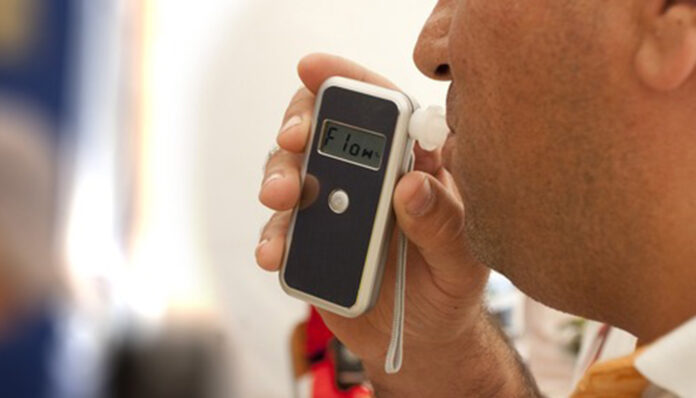
From wedding toasts to casual social gatherings, alcoholic beverages often weave themselves into the fabric of our social experiences. However, one universal challenge remains: ensuring responsible alcohol consumption.
A tool aiding in this pursuit is the breath alcohol tester, often known as the breathalyzer. So how does this device help to encourage safer drinking habits?
Is it only used by law enforcement, and if so, is it enough? Can more be done on this front to protect more people? Let us delve into this intriguing topic further and find out.
The Important Role
Breath alcohol testers, from their inception, have served a primary purpose: quantifying alcohol concentration in one’s breath to estimate the blood alcohol content (BAC).
This task, simple in its statement, carries substantial implications for public safety and personal responsibility. It can inform someone if they’ve overstepped the limit of moderate drinking or if they’re endangering others and themselves.
Continuing this discourse, we can’t overlook the critical role these devices play in law enforcement. Police officers routinely use the Breath Alcohol Tester to assess drivers’ sobriety during roadside checks.
These instruments offer an immediate readout, enabling officers to make critical, on-the-spot decisions to mitigate drunk driving and its severe consequences.
Accuracy and Reliability
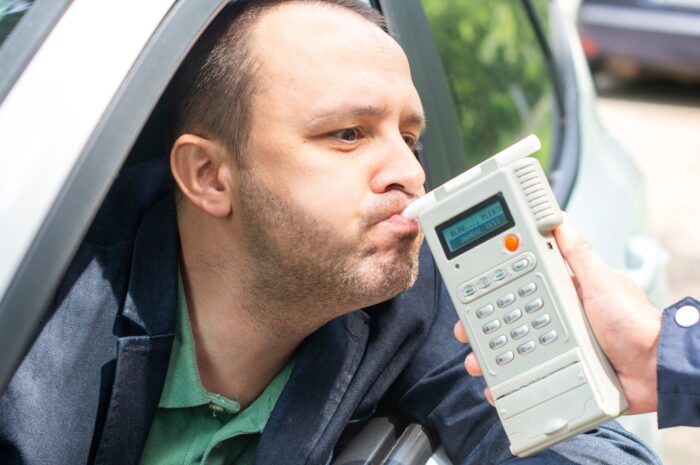
In the realm of breath alcohol testing, accuracy, and dependability sit at the forefront. Without precise readings, the purpose of these devices could come into question.
Fortunately, advancements in technology have largely bolstered their precision, making them trustworthy allies in the battle against over-consumption and impaired driving.
Beyond accuracy, consistency is another virtue of modern breath alcohol testers. High-quality devices deliver reliable results time after time.
These testers use intricate sensor technology, often electrochemical cells or semiconductor sensors, that ensures a stable performance regardless of repeated use or varying environmental conditions.
Different Types to Know About
Breath Alcohol Testers come in a variety of forms, each with its unique features and intended uses.
Personal breath alcohol testers, for instance, are compact devices designed for individual use. They help consumers monitor their own BAC levels, thus promoting self-awareness and responsible drinking.
On the other side of the spectrum, we have professional breath alcohol testers. These are robust, sophisticated tools, employed by law enforcement, clinics, and businesses.
They typically offer more precise readings and a broader array of features such as data logging, passive testing, and wireless connectivity.
How Does It Work?
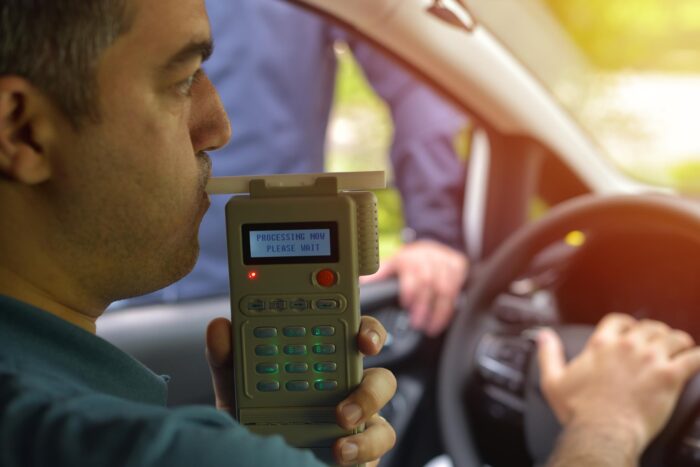
Grasping their functionality can seem daunting, yet it’s simpler than you might imagine. When a person blows into the device, it analyzes the sample of breath and estimates the concentration of alcohol therein. A fascinating scientific process, isn’t it?
The detailed mechanics can vary between devices, but most often, they use either semiconductor technology or fuel cell sensors. These sensors react with the alcohol in the breath sample, creating a chemical reaction that generates an electrical current.
This current is then measured and converted into a BAC reading, providing the user with an estimate of their intoxication level.
Benefits of Promoting Responsibility
The existence of the testers does more than just measure BAC. It cultivates a culture of accountability among alcohol consumers.
By offering real-time data about a person’s alcohol level, these devices help individuals make more informed decisions about whether it’s safe to get behind the wheel or if it’s time to slow down their drinking.
Beyond personal responsibility, these devices play a significant role in community safety. Bars, clubs, and event organizers increasingly use them to check patrons’ sobriety levels.
This proactive approach encourages safer drinking habits, reducing the risk of alcohol-related incidents within and beyond their premises.
DUI Prevention
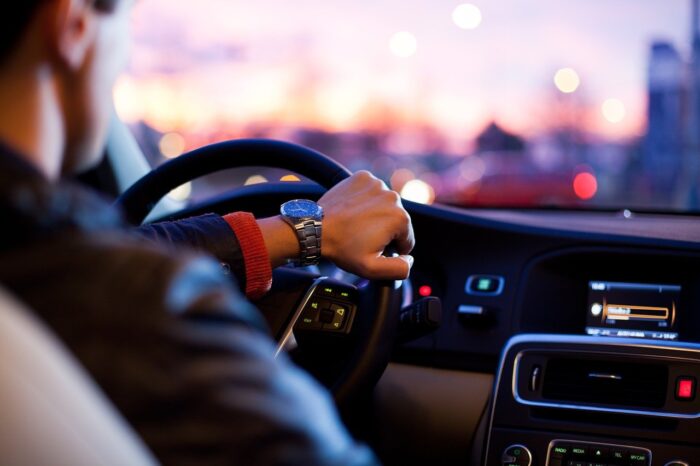
A grim reality of alcohol consumption is the potential for drunk driving and its disastrous outcomes. The testers prove to be powerful tools in combating this issue by serving as an initial checkpoint before someone decides to drive.
In law enforcement, officers employ these devices during traffic stops or DUI checkpoints. If a driver’s BAC is over the legal limit, the officer can take immediate action.
This reduces the likelihood of alcohol-impaired drivers making it onto the roads, thus decreasing the probability of accidents.
In Social Settings
In recent years, there’s been an upswing in these useful gadgets’ use in social contexts. Hosts and event organizers are utilizing them as a means to ensure their guests’ safety.
By having these devices on hand, attendees can gauge their sobriety, potentially preventing the tragic choice of drunk driving.
Even on a smaller scale, like a gathering of friends, a breath tester can serve as a conversation starter about responsible drinking. It sends a clear message about the importance of moderation and the very real dangers of excessive consumption.
Legal Implications and Compliance
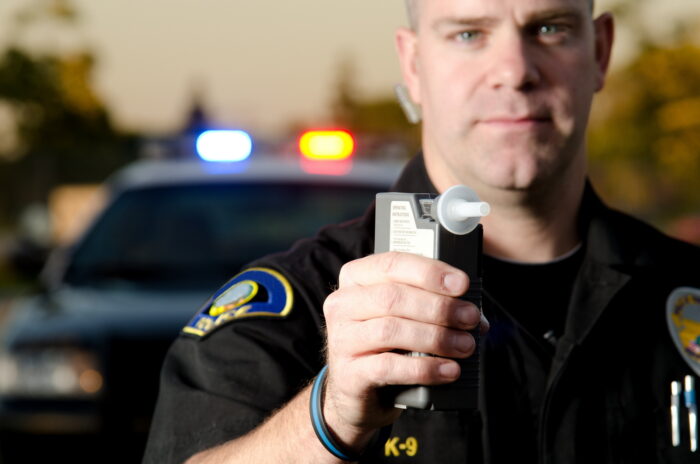
The legal implications are profound and should be talked about on a deeper level. Employers in industries such as transportation, construction, and healthcare often mandate testing to ensure worker safety and comply with regulatory requirements.
In these contexts, breath alcohol testers provide an easy, non-invasive way to conduct these crucial checks.
Moving toward the judicial arena, breath alcohol test results are often admissible in court and can be decisive in cases involving suspected drunk driving.
Therefore, these devices not only serve as deterrents for over-consumption but also play a pivotal role in upholding justice in our society.
In Retrospect
Casting our glance back, it’s clear that breath alcohol testers have far-reaching impacts, far beyond their initial design as simple testing devices.
They serve as catalysts for dialogue, instruments for justice, and ultimately, guardians of public safety.
As we navigate the conviviality of social gatherings or the tranquility of a quiet evening at home, these devices stand as a subtle reminder: when it comes to alcohol, safety, and responsibility go hand in hand.
In that breath, they become not just testers, but teachers as well.








